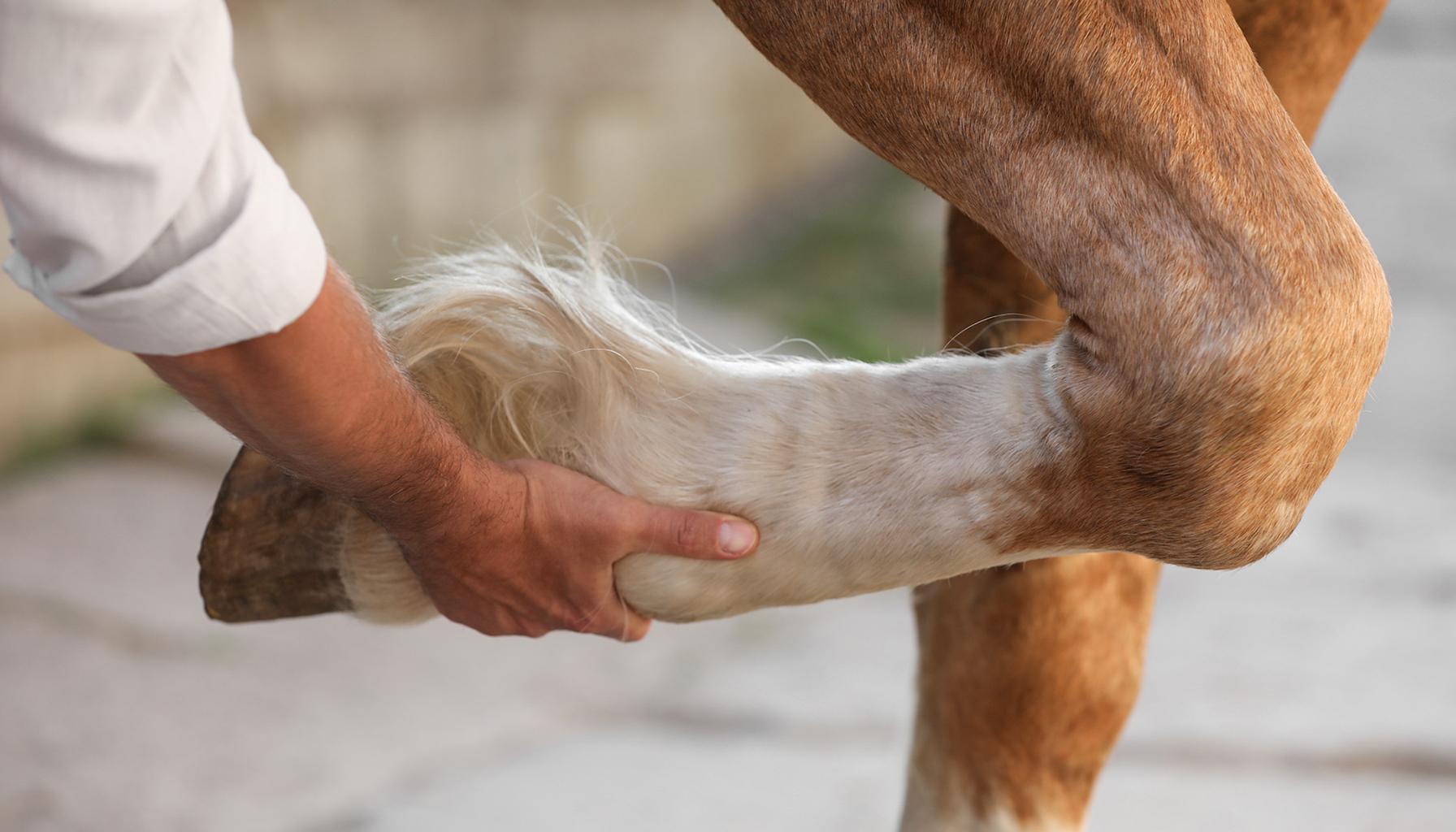Researchers at Colorado State University are advancing our understanding of how osteoarthritis progresses in horses. Their work could eventually aid individuals who develop the degenerative disease following an injury to a knee, elbow, or shoulder.
Lynn Pezzanite, a Doctor of Veterinary Medicine and assistant professor at Colorado State University, noted that the disease impacts nearly eight out of ten horses over the age of 15. “It’s the most common disorder affecting joints in both horses and humans and is one of the most frequent conditions treated in horses. It also represents one of the primary reasons horses are brought to a veterinarian,” she stated.
Pezzanite and her team aim to identify markers of osteoarthritis development in horses by analyzing individual immune cells in joint fluid. Identifying these markers could offer insights into how veterinarians might employ gene therapies or other treatments at particular stages to decelerate the disease’s progression.
Signs of osteoarthritis typically emerge at advanced stages when joint pain becomes apparent. Pezzanite believes that studying immune cells could reveal the presence of the disease much earlier, possibly even before it is detectable on X-rays.
“Our goal with this research is to examine the very early stages in horses that have post-traumatic arthritis. This will help us determine the critical point for intervention. We hope this will also guide treatment strategies for humans,” she added.
Pezzanite suggested that this research could benefit people if the immune markers found in horses can be applied to humans. This would provide physicians with valuable information on the optimal timing for interventions to prevent the onset of full-blown osteoarthritis.
“If you’re playing soccer and twist your knee or tear your ACL, we could potentially analyze a sample of your joint fluid to determine your risk of developing arthritis. This would enable a more aggressive approach to treating the affected joint,” she elaborated.
(Photo via Adobe Stock images)


